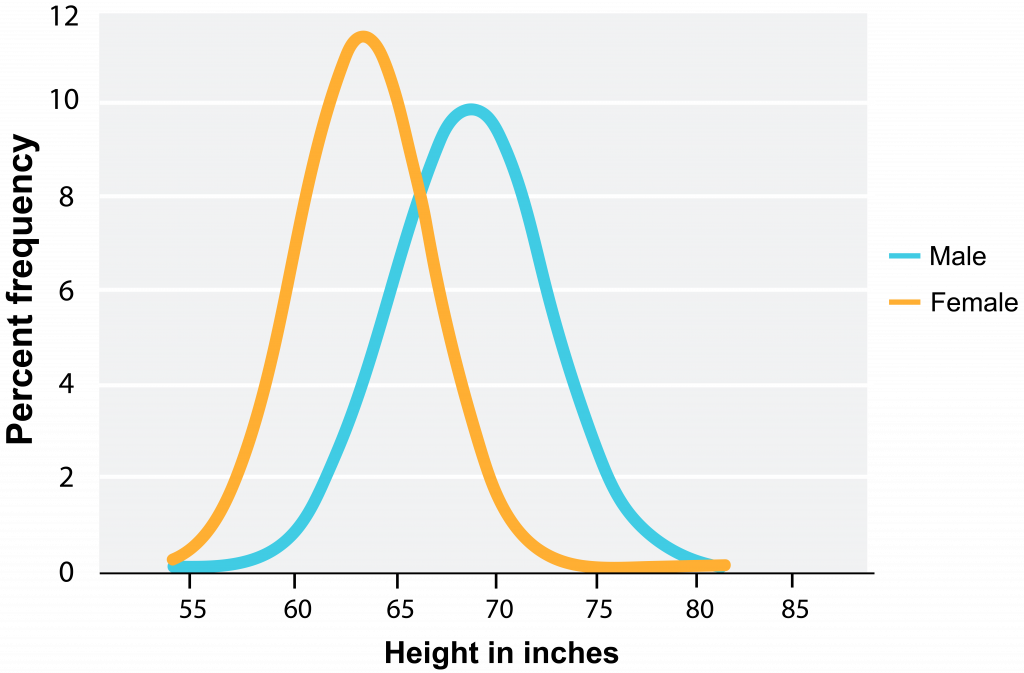13.2 Every body is different.
Every body is different. But many things about our bodies are the same.
Humans come in a variety of shades, sizes and proportions, yet in total, our bodies are more similar to each other than they are different. In fact the human body shares similarities with bodies across the diversity of life. We share aspects of our reproductive system with all mammals, aspects of our basic physiology with all vertebrates, and aspects of our cell structure, biochemistry and genetics with all living things. In this chapter we will look at the human body specifically, not because the human body in terms of reproduction is very distinct from that of a 3-toed sloth, or because the basic structure is very different from a Galápagos tortoise, or because our cellular biology varies much from that of the fungus that inhabits bleu cheese. Instead we focus on the human body because the authors and readers of this text presumably each have a human body, and reading about ourselves is interesting.
Humans are sexually dimorphic
Like lions, peafowl, and marine iguanas, male and female humans are often superficially different in appearance (e.g. male hair patterns, female breasts), sounds (men typically have deeper voices), and smells (males and females have characteristic odors); this phenomenon is called sexual dimorphism and is observed in contrast to sexually monomorphic species (e.g. Laysan albatrosses, and emperor penguins; see chapter 7 for further discussion of sexual dimorphism) in which males and females are difficult for humans to distinguish.
Further, there are generalizable differences between males and females in terms of reproductive organs, circulating hormones, and secondary sex characteristics. Secondary sex characteristics are traits that become more pronounced during puberty; they are generally distinct between males and females, but they are not directly reproductive (i.e., they are not primary sex characteristics). Examples of secondary sex characteristics include breast development in females and thickening of vocal chords in males. While these generalizable traits are different on average between the sexes, there is wide variation in male and female anatomy and physiology, such that there is significant overlap in many of the traits. For example human males, on average, are taller than females. However there is quite a bit of overlap between the height ranges of males and female (see figure below).

Humans have specialized organs that aid in reproduction (primary sex characteristics). Some of these are located between the ears, some of these are located in the abdomen and some of these are located between the legs. The body orchestrates the functions of reproductive organs through small signaling molecules called hormones that circulate in the bloodstream. The endocrine system involves hormones that are secreted from glands in one area of the body and have an effect at one or more distant locations. The development of secondary sex characteristics and the maturation of the reproductive organs happen in response to increases in circulating hormones (primarily estrogen, progesterone and testosterone) that occurs during adolescence.

